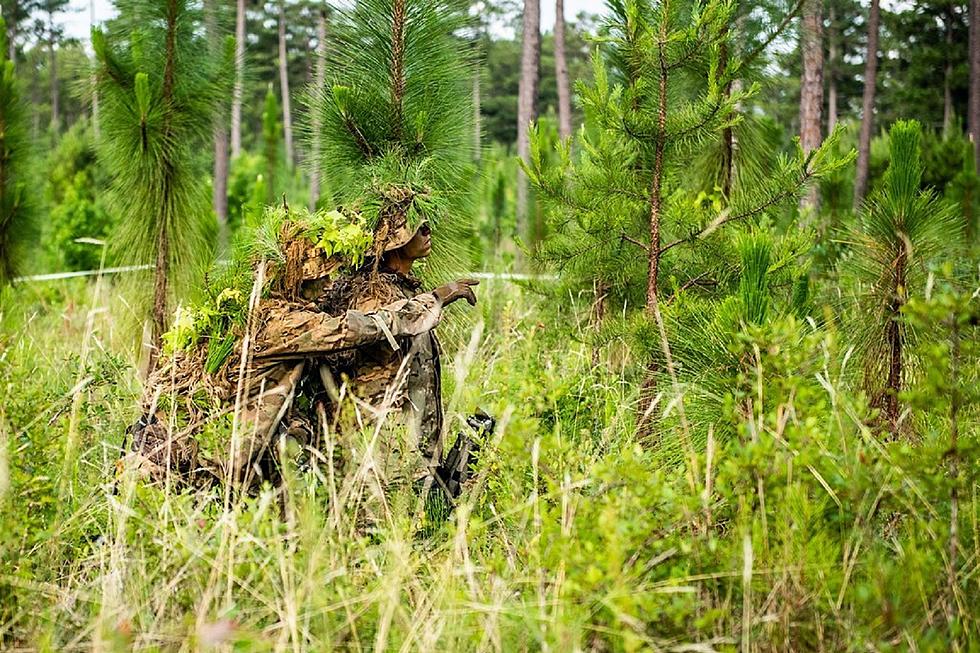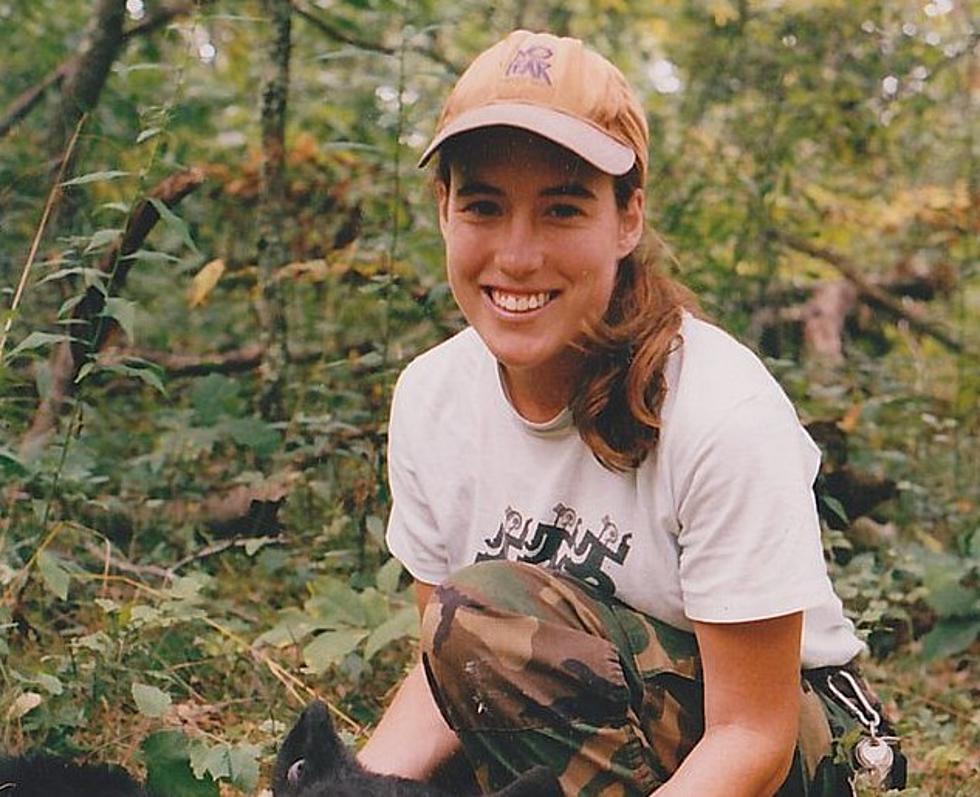
Shooting for the Moon: State Youth Engage in NASA Challenge at MSU
BOZEMAN – Navigating and analyzing the perilous terrain of the moon’s Shackleton crater wasn’t the only challenge faced by eight teams of elementary, middle and high school students Friday at Montana State University.
When it was time for the student-designed-and-built Lego robotic rovers to climb steep ramps out of the simulated crater, not a single vehicle had the traction to accomplish it. Teams decided to divide and conquer, with some focused on completing other elements of the day’s final challenge – including a surprise requirement to design, build and land a module on a mock moon without crashing – while others tried modifying the surfaces of the ramps, wrapping rubber bands around rover tires or adding weights to the vehicles to solve the engineering conundrum.
Dealing with such unforeseen setbacks was expected for the 38 teams from 26 Montana schools that participated in the months-long NASA Artemis ROADS, or Rover Observation and Drone Survey, student challenge program. Since November, those teams participated in simulated missions based on NASA’s actual Artemis program, through which the space agency intends to return humans to the moon as early as 2024. In addition to creating a mission plan, the student teams spent the past several months engaged in activities like learning to orbit a model moon with a drone, designing and building a Lego lunar rover to explore a simulated lunar landscape and returning to Earth via a balloon lander. Eight teams that completed all the challenges traveled to Bozeman to engage in a final day of activities and present their mission plans to a panel of experts.
As students doggedly worked to fix the problems they encountered on Friday, Giovani Ramirez, an eighth grader from the Hardin Middle School team, said solving such problems has been his favorite part of the program.
“Whenever we actually get something figured out and end up fixing it, we know it’s going to work,” he said.
Hardin science teacher Heidi Schuster said she has been impressed over the past several months by the educational value of the program and her students’ engagement in it.
“It’s not just robotics and it’s not just drones,” Schuster said. “They had to think about everything and consider the right path to take. Working toward something was really good for them.”
ROADS was offered in Montana for the 2022-2023 academic year through a grant partnership between MSU and Central Washington University, home to the Northwest Earth and Space Pathways Program, which aims to strengthen science, technology, engineering and math, or STEM, education region-wide and serve as a bridge into other NASA experiences for educators and students. The Artemis ROADS challenge provided the supplies and educational materials for K-12 students and their mentors to engage in authentic, hands-on activities inspired by NASA Earth and space science.
Science teacher Jen Larson, who advised a six-member high school team and a six-member middle school team from Roberts as an extracurricular activity, said her students “have learned a ton.
“The most valuable lesson they’ve learned is how to fail and keep trying,” she said.
Throughout the process, she added, the students were exposed to numerous scientific concepts. In addition to learning some engineering and computer programming skills, each team had to analyze the moon’s regolith, or lunar dirt, to figure out how to create an appropriate simulant, which involved microscopic, magnetic and pH testing. They then designed wheels or tracks for the rovers capable of navigating the regolith.
Zach Fetz, a member of the Roberts high school team, spent considerable time Friday redesigning rover wheels to try to solve the ramp-climbing problem.
“I could do this for hours on end,” he said, adding that he intends to pursue a career in some kind of design. He said the robotics element of the ROADS program was especially enjoyable for him and he plans to join the team again next year.
Annika Krumbeck, a fifth grader from Hellgate Elementary in Missoula, said she has enjoyed everything about the ROADS challenge, which she said figures into her future career plans.
“It’s fun doing space stuff,” she said. “I want to be a pilot when I grow up.”
Though Friday’s event at MSU was posed as a “challenge” and not a “competition,” there were some special winners selected by a drawing at the end of the day. “Team Astraeus,” the high school team from Thompson Falls, and “Space Seekers,” the middle school team from Roberts, each won a trip to the Kennedy Space Center in Florida, which is funded through the Northwest Earth and Space Pathways Program grant and will take place Aug. 8-11.
"This program takes inspiration from actual NASA missions, engaging kids with hands-on science and engineering challenges,” said Jamie Cornish, MSU science outreach and education specialist, who oversees the program at MSU. “We hope this program grows alongside the NASA Artemis missions as they voyage to the moon and eventually Mars."
- By Diana Setterberg, MSU News Service -
More From KSEN AM 1150









